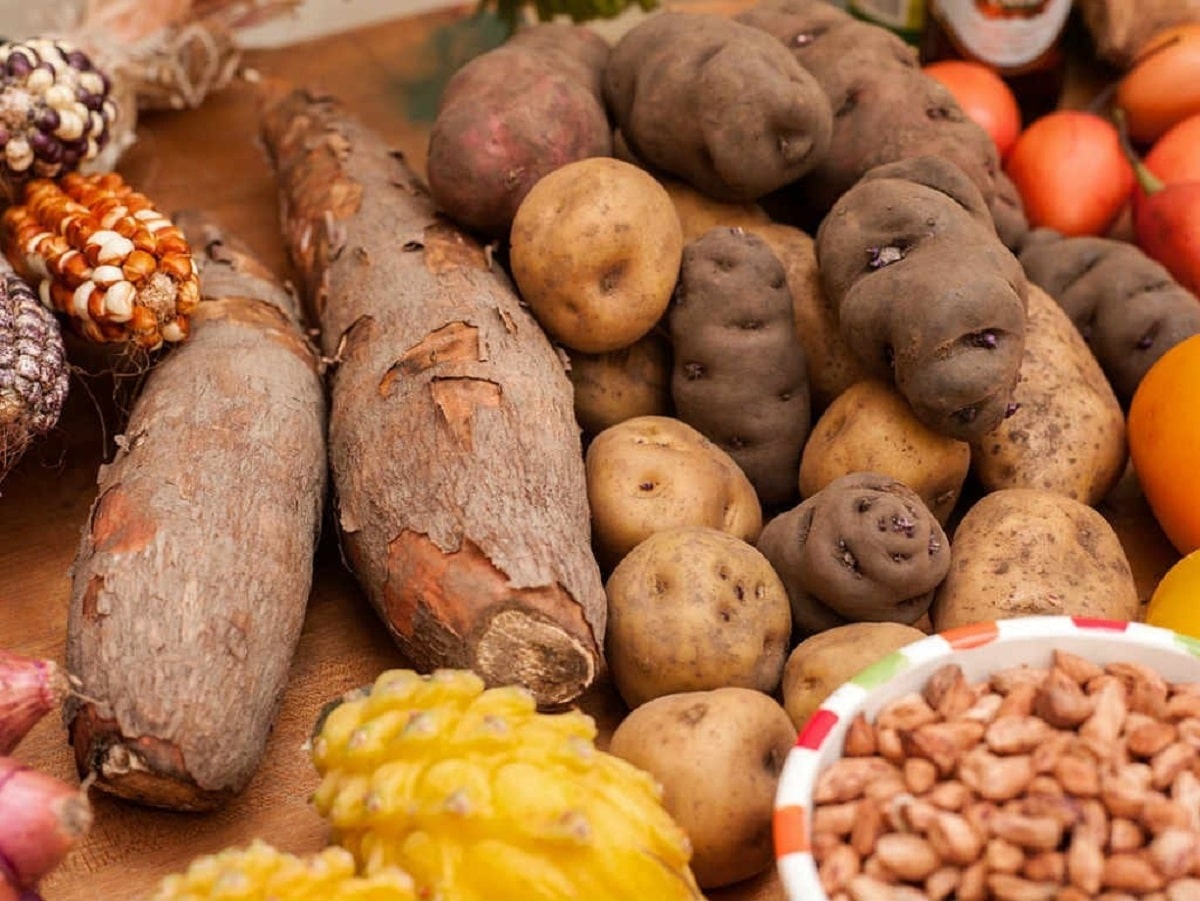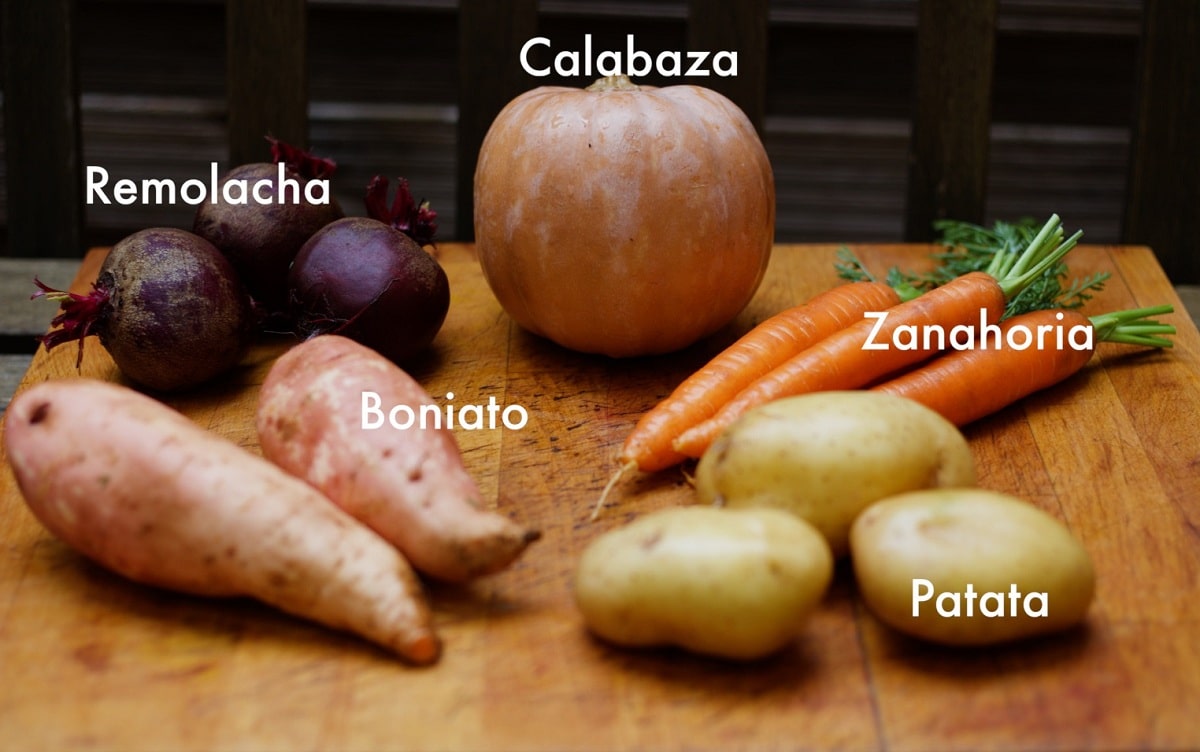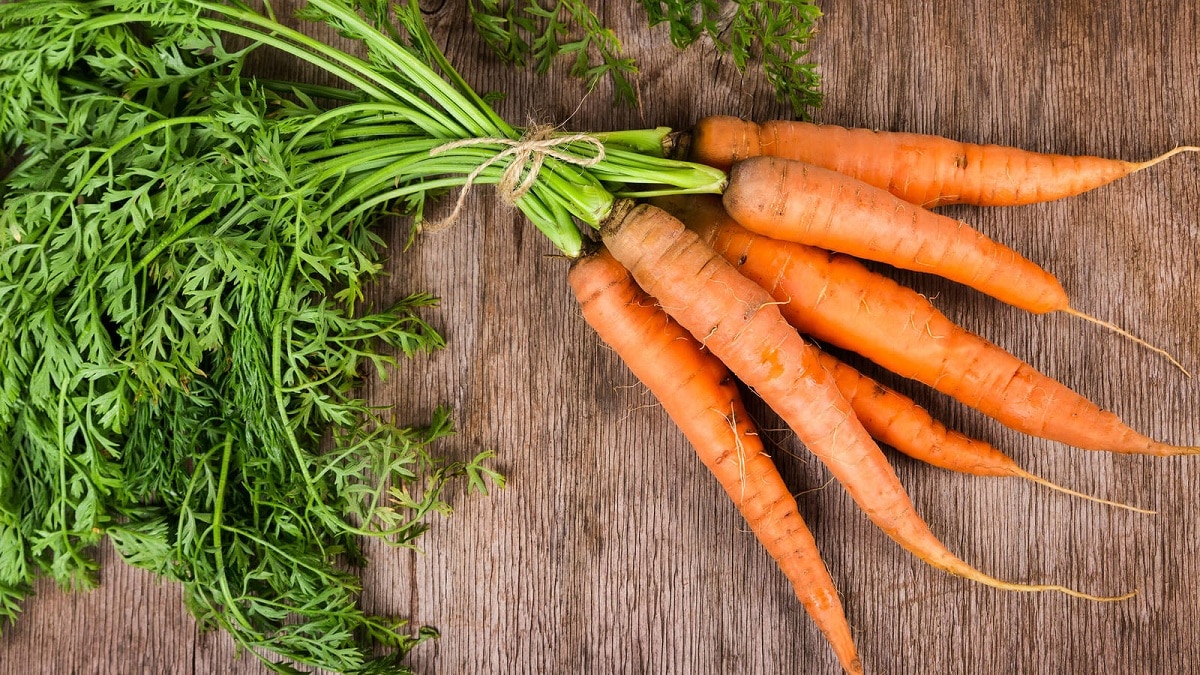
Tubers are a type of thickened stems that certain plants have. The most famous known is the potato. These plants accumulate reserve substances, made up mostly of starch. There are numerous types of tubers. Most of these tubers are underground and contain scales that produce buds. It is from these buds that the new shoots and stems develop that give rise to new plants. What kinds of tubers are there?
In this article we are going to tell you everything you need to know about the different types of tubers and their characteristics.
Types of tubers

According to medicine, zoologists and botany, there are different types of tubers and categories for them. Botanical experts classify tubers into: Root tubers, hydroponic tubers, tropical tubers and edible tubers. The latter are the potato, jicama, chips, melloco and others.
The tubers are used to store the energy of the plant that they use to produce the stems and leaves. There are many tubers that are edible like the ones we will see later.
In the world there are two such great types of tubers and these are their main characteristics:
- Stem tubers: they are those tubers that have a main characteristic and that is to form near the level of the soil surface. They do not usually have a very high depth and in them the stem is the flat part that thickens. Instead, the roots then grow from the tuber itself. An example of this type of tuber is the carrot.
- Root tubers: are those that occur from the thickening of a section of its root. It may happen that the tuber is composed of the entire root or that it only affects some parts. In this way, a single plant develops with several tubers, such as the potato. One of its characteristics is that it is short, a piece can grow another individual completely. This does not happen with the stem ones.
Varieties of tuber types

We are going to analyze which are the most well-known types of tubers in the world in their main characteristics.
Potato
It is the edible tuber best known around the world. It is eaten in many ways, fried, cooked, cooked poorly, pureed, etc. It is extracted from an American herbaceous plant of Andean origin. Its consumption before was not so great, since it is not good raw. Once you learned to cook it, it is one of the most consumed foods in the world.
Sweet potato
It is used to feed livestock, eat and as a raw material in pastry and confectionery.
Radish
It is a vegetable known since ancient times by Mediterranean civilizations. This vegetable was cultivated in ancient China but its exact origin is unknown.
Carrot
It is a food that is also well known throughout the world and is consumed in different ways. Its origin is in Asia minor.
Yucca
It is cultivated mostly in South America, Africa and the Pacific. Thanks to its high nutritional value it is well known. There are varieties such as the jungle variety, which is highly poisonous, and the highland variety, which is minimally poisonous.
Jicama
It is known as the Mexican turnip. It is a legume from Mexico and Central America.
Malanga
It is a tuber rich in fiber and minerals that reaches sizes of only 6 centimeters in diameter.
chufa
It is a vivacious plant 50 cm high. They are believed to be native to West Africa. It is used to make horchata. Its flavor is sweet and starchy and although it can be consumed raw It is consumed mainly as tigernut horchata. It is a highly valued measure in some regions of the world.
Yam
It is a climbing plant in hot and humid areas.
daikon
It is also known by the name of white radish or Japanese radish. It is a type of radish that looks similar to carrots. Although it is larger and totally white in color, its flavor is milder than that of common radish. It is a highly valued ingredient in oriental cuisine since it comes from the eastern and southeastern parts of Asia. It is usually taken both raw and cooked. It belongs to a great variety of dishes.
Ginseng
Although it may not seem like it, there are some types of tubers that are also used in the field of medicine. In this case, we are talking about ginseng. It is a whole group of species of the genus Panax and it is herbaceous plants that have a small size and a slow growth. The most popular species of this genus are the Panax and Panax ginseng. Both of them are tubers known to be widely used in natural medicine.
Wasabi
Wasabi is obtained from the root of the plant known as Wasabi japonica. It is a well-known type of plant since its spice is used for sushi. In order to create the hot sauce, the tuber is scratched and mixed to have an exceptionally intense and spicy flavor. This type of sauces is becoming more popular in countries around the world.
How the types of tubers are planted

We are going to do a brief review of the characteristics that are needed to plant the different types of tubers. The first thing is to verify that the land is completely clean, aerated and without holes or clods. The soil must be a homogeneous aggregate. The sowing varies depending on the area where we are going to plant. Lat normal depth when sowing is between 7-8 centimeters. Planting can be done manually or mechanically.
The most advisable thing is to sow the whole tubers, even if it is to say it is to cut them, it should be done in two portions with a clean cut. You have to try that both parts are equal both in size and the number of buds. Except cassava, the rest of the tubers are quite demanding is to water. The lack of water is very harmful since the drought and arid climate favor the spread of pests and diseases that attack these crops. Sprinkler irrigation is the most recommended since a constant availability of water is needed in the soil. It also requires well-drained soil to avoid prolonged stagnation.
I hope that with this information you can learn more about the different types of tubers.